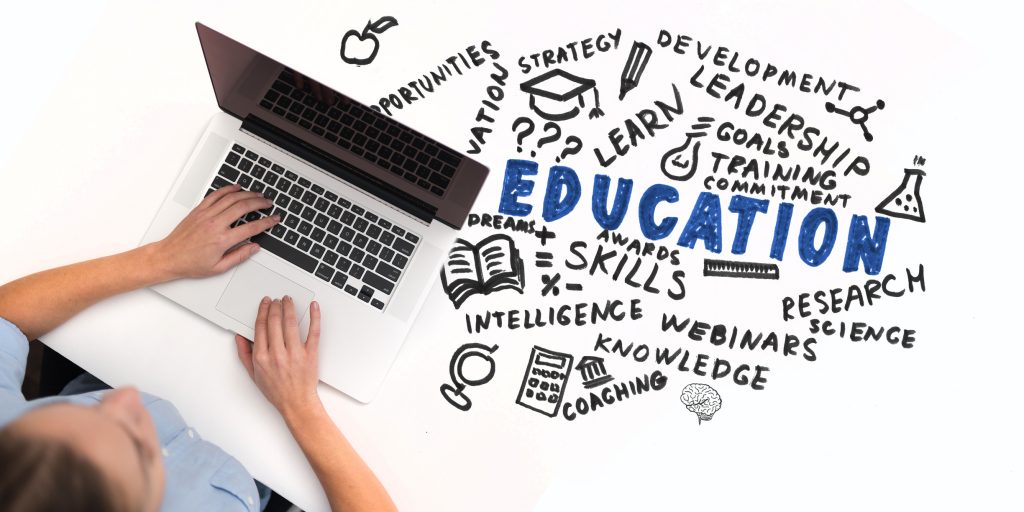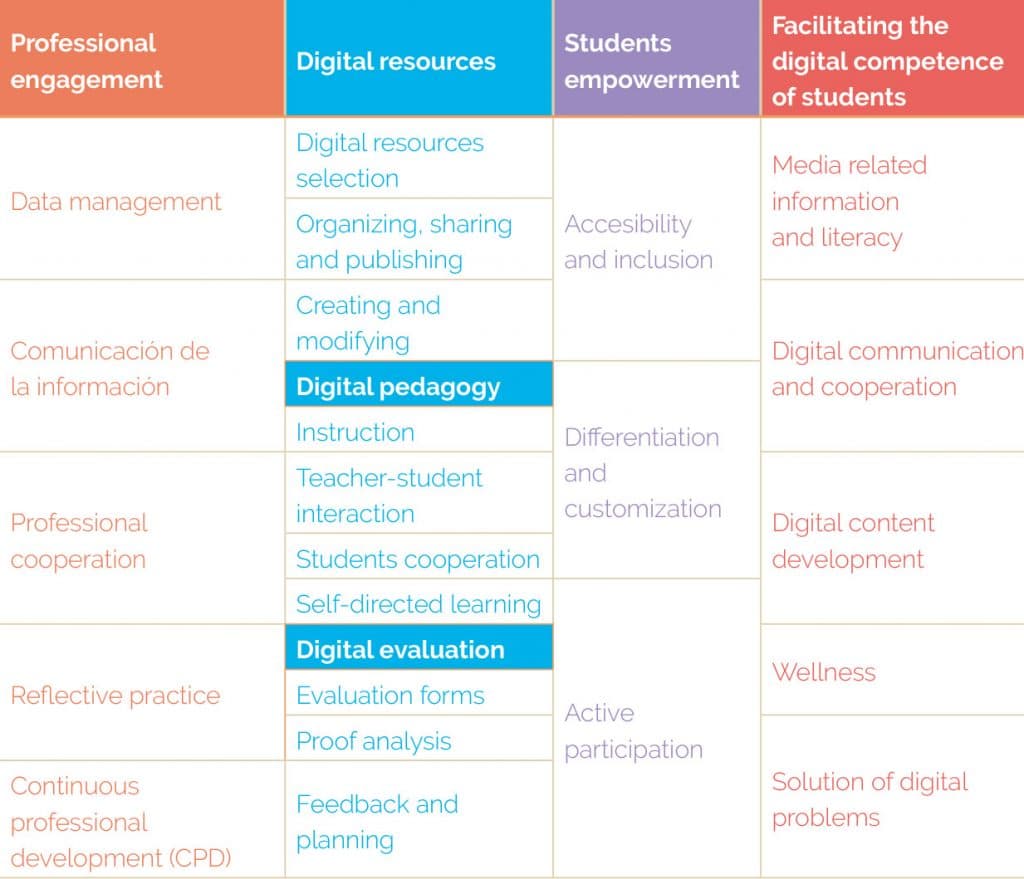English teaching processes have been changing during the last 25 years. Teachers have changed and adapted their practices to new teaching and assessment methods and techniques. Educators have also tried new resources and tools to improve teaching and learning. However, changing and adapting had never been as required as they are nowadays. We have forcedly been asked to question our teaching and assessment methods, the physical classroom, the roles of the teachers, students and parents and the needed skills to be productive, proactive, organized, and responsible towards the current situation.
It has not been easy to switch from “in person classes” to remote learning since we did not get prepared to face this new scenario. The ongoing process has revealed that our prior ideas about remote learning and technology as a basis of the teaching process do not actually match reality. We have realized that our students who are considered “digital natives” cannot hold this title in regards to their learning process. We have found out that being surrounded by technologies does not guarantee making a conscious use of them in terms of learning. Furthermore, we have discovered that the digital resources implemented, and the competences developed previously are not enough or adequate. The 5th Survey on the Use of Technology in Education carried out by BlinkLearning with the participation of more than 3.000 teachers from Spain and Latin America and released on May 2020 states that poor teacher training and lack of devices are the biggest challenges teachers face while low contrasting skills and lack of creativity are the most common difficulties students experience stopping them from making the most out of the digital tools.

Teachers express their digital competence by being able to enrich and strengthen the teaching and learning process by using technology. In addition, interaction with colleagues, students, parents, and institutions contribute to educators’ professional development and innovation in education.
According to the Digital Competence Framework for Educators (DigCompEdu) teachers require specific digital competences aligned to their profession to take advantage of technology. That will cause education to improve and innovate. The mentioned framework considers 6 areas that reflect the digital and pedagogical competences of a teacher. It includes specific levels of competence developed throughout time, awareness, exploration, integration, mastery, leadership, and innovation.
The UNESCO ICT Competency Framework for Teachers classifies specific competences based on six aspects of professional practice and conceives their development as a process that begins with the understanding of ICTs and concludes with innovative educators.

In Colombia, The National Ministry of Education published a document titled “ICT competences for Teacher Professional Development” . It defines the five competences that are expected to be developed by teachers in a specific context of educational innovation based on ICTs. They are the technological, communicative, pedagogical, management and research competences which get to be developed throughout time and are present in different levels: exploration, integration, and innovation.
The previously mentioned frameworks conceive the development of digital teaching competences as a life-long learning process. The educator is supposed to stop being a digital migrant or explorer and is rather expected to innovate in the field of pedagogical implementation. It includes understanding technologies, contents, and digital resources, but also creating new content.
Lugo and Kelly mention the relationship among innovation and technology. Innovation is not only about including technology resources for the classroom; it is also about changing the teaching strategies and the concepts of classroom and school. Overall, it implies a change of the educational paradigm which appears as a response to a specific need. We can compare this to the situation we are currently going through. Getting to innovate in the educational field represents challenges that are not necessarily personal or professional development related. To empower students in a remote learning context we must ensure resources and activities are available to all of them. At this point, we face a big challenge; the need to implement and promote efficient, inclusive, and innovative learning strategies. Teachers are supposed to consider and respond to the different needs and expectations students may have regarding the use of technology. It comprises physical, cognitive, or contextual limitations, the different levels of access to the digital tools and resources, their own abilities to use them and even misconceptions about the use of technology for learning as seen from students’ real-life experiences.
Teachers need high levels of flexibility, creativity, and leadership to make it possible for students to actively participate and get engaged despite limitations. That flexibility is also required to promote self-directed processes in which students plan their learning route, check themselves and reflect on their own processes. Teachers must get prepared to use technologies to respond to the different learning needs students may have and to allow them to work at their own pace to reach the individual objectives stated in the learning routes. To make it all possible, it is necessary to promote digital competences in our students. It is a challenge considering that we teachers, are trying to develop and improve our own digital competences. The current learning situation has made it clear that the digital skills our students have are not the same required to make learning effective. As teachers, we must contribute to digital literacy while developing the learning process and strengthening our own digital competences.
We are living a historic moment that will set a before and after in education. It is time for us English teachers to be aware of the potential of technology in regards to language teaching. We must turn our interest into action. It is not only about exploring the tools, but also about making use of them in a consistent, critical, and selective way. That will allow us to achieve different objectives on a variety of contexts making it possible to consolidate our repertoire of didactic strategies. We must be able to develop a comprehensive and consistent approach of the use of digital tools. Likewise, we must develop a variety of strategies to choose from according to the situation. Moreover, we must be able to innovate when using complex digital tools and developing learning approaches. We must start on our own, including simple tasks and activities and asking for help when necessary. That way we will be able to acquire the required knowledge and skills to work with digital technologies and to design and implement well defined tasks. The more we work on the development of our digital competences, the more we can get to assign appropriate and leveled activities. At this point we can guide others to contribute to the development of the professional practice and create digital content to enhance our student’s learning. That will imply developing innovation in education as a response to the context and challenges we are currently facing. RM
The educator is supposed to stop being a digital or explorer migrant and
is rather expected to innovate



